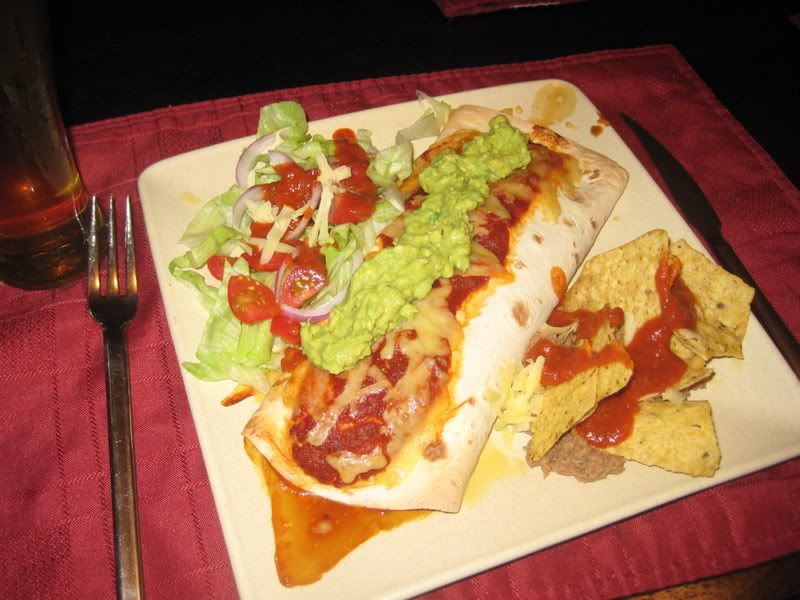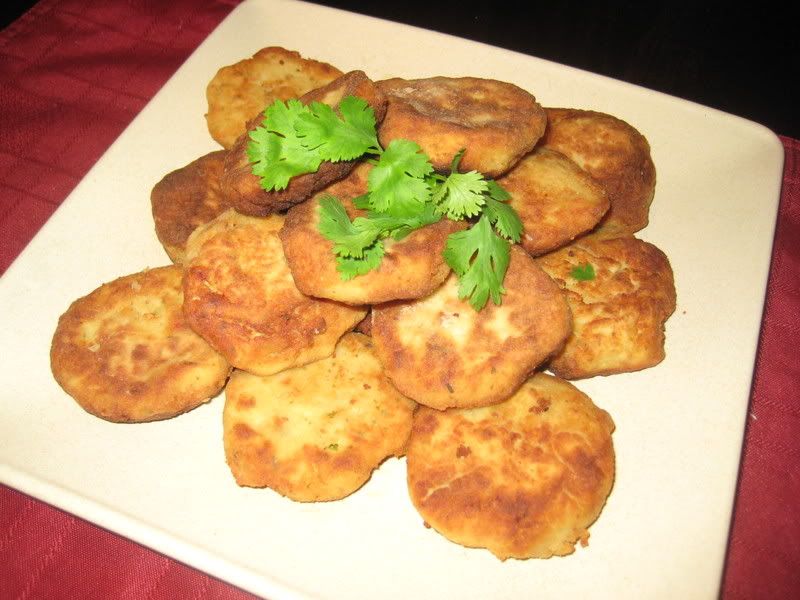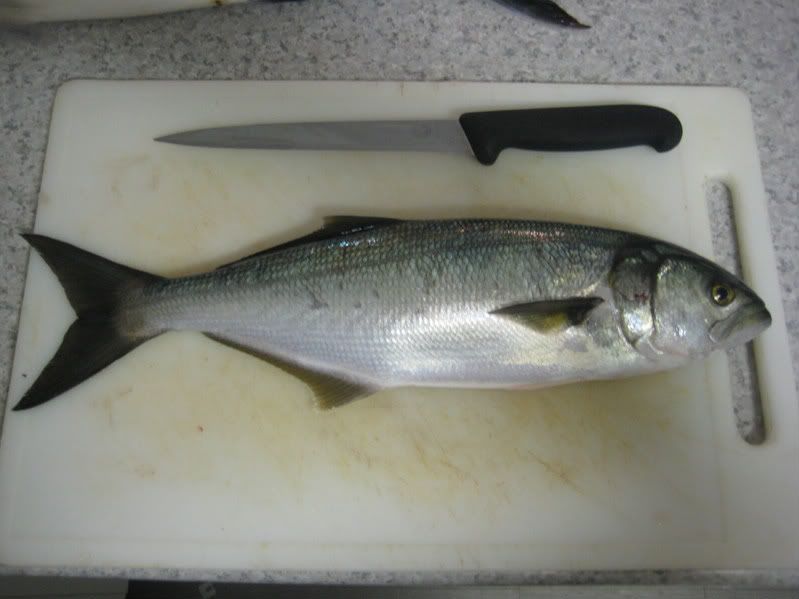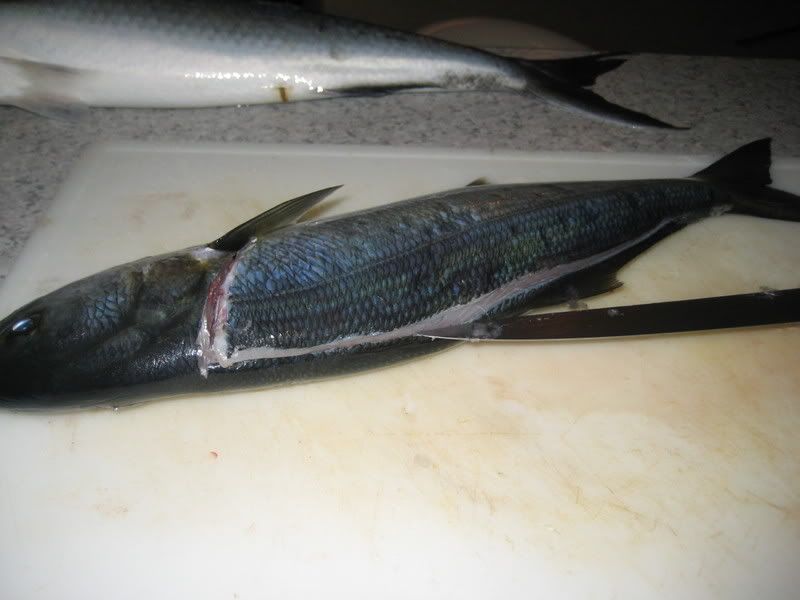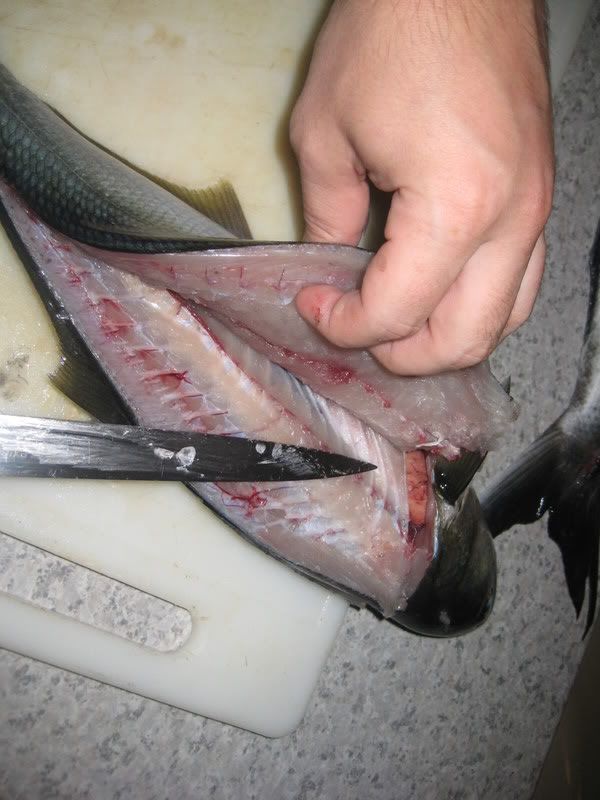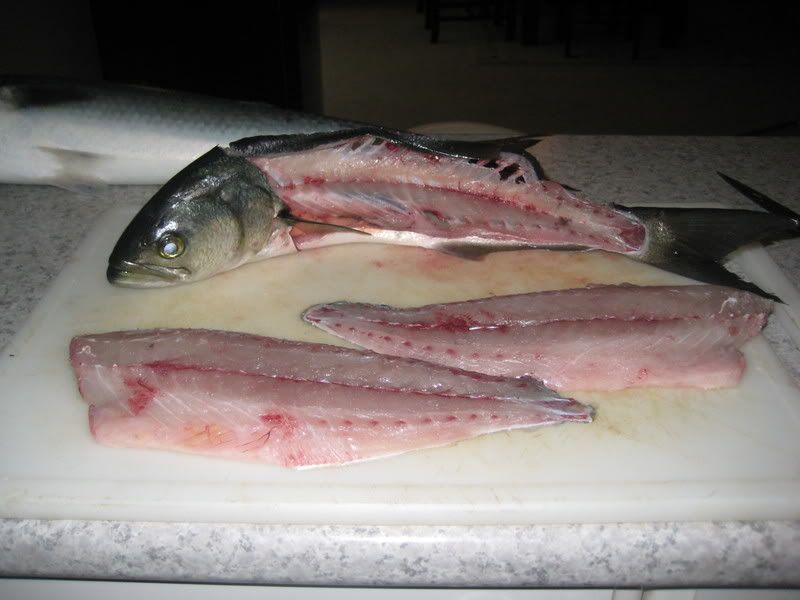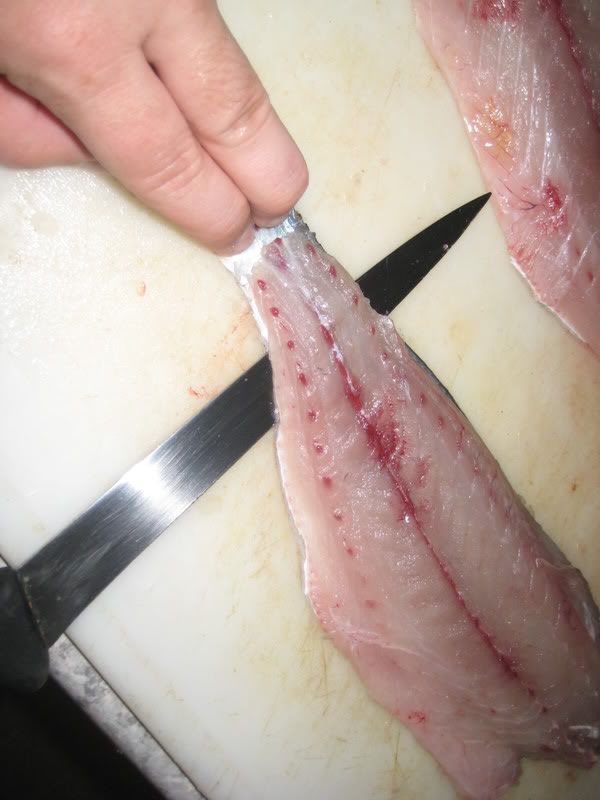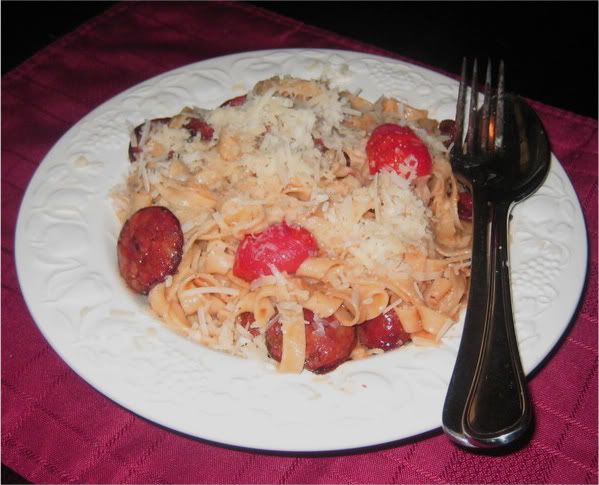
Hi All, This was a dish I had been imagining for quite some time, and I finally said, stuff it, I'm going to just throw it together and see what happens, and boy was I happy I did, zesty Moroccan spices on tender roasted lamb thigh, topped with sweet n sour tangy chutney, the couscous was a logical choice I figured and seemed to compliment the dish well, next time I'll probably incorporate a Herby type sauce to dress the plate, perhaps mint and basil, but I'm not sure how it will go with the chutney.
Anyway, I simply smashed up some whole peppercorns with about a teaspoon of cumin seed and a teaspoon of coriander seed with some sea salt and rubbed it into the lamb leg pieces (they come from the thigh, butchers sometimes call it a mini roast, if you have the $$$ get the back strap) and set aside while you make the chutney. I'll list the ingredients used;
4 medium ripe tomatoes (oven roasted until skins are dry and split, cool, de-seed and dice)
1 Red pepper (grill whole until all sides are blacked, set in a covered bowl for 10 minutes and peel away black sin and discard, de-seed ad dice)
half a cup of dried apricots (diced)
juice of one lemon
one cup of good apple cider
a splash of red wine vinegar
sugar to taste
about 3 cloves (or a half teaspoon of ground cloves)
Simply place all prepared ingredients into a pan and bring to the boil, reduce to a simmer for about 20 minutes, cover to prevent too much evaporation (you're not trying to boil off as much as you are trying to get the apricots to absorb the liquid and the vinegar and cider should almost liquefy the tomatoes into a sauce)
See the how to cook a steak section on my blog for directions on cooking the lamb and it is fairly similar, you need to sear all sides in a pan, them place in a baking tray to finish the roasting.
I strayed from the couscous packet instructions a bit and fried off some red onion and a clove of garlic in the pot before adding chicken stock and bringing to the boil, turned off the heat and added the couscous, left for 10, and stirred through some butter, YUM.
Seeing as I used cider in the chutney I figured it would be a nice accompaniment to the finished meat, turns out I was right, Some good Tasmanian Apple cider over ice in a big glass seemed to wash the meal down well, giving the hot dish an almost summertime feel!
